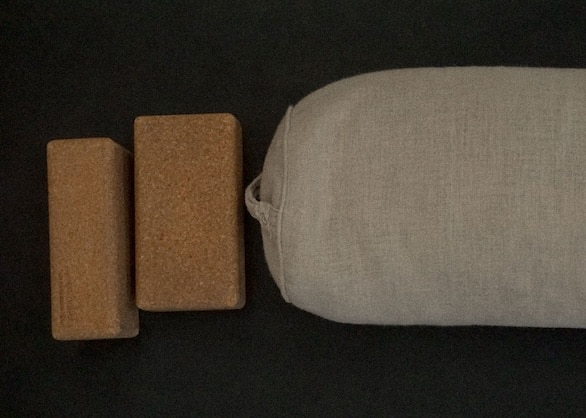We spent an afternoon with Kaita Mrazek—myofascial therapist and founder of The Listening Movement—for a fascia stretching session that left us feeling rejuvenated, relaxed, and so much wiser. Although the fascia is often an overlooked aspect of our whole body health, we learned how every component of our body is impacted by the fascia, and is especially linked to our health during pregnancy and postpartum. Kaita shared specifically how the fascia can impact the motherhood journey—and how women can deepen their awareness of it to experience better health in new motherhood.

Planning

